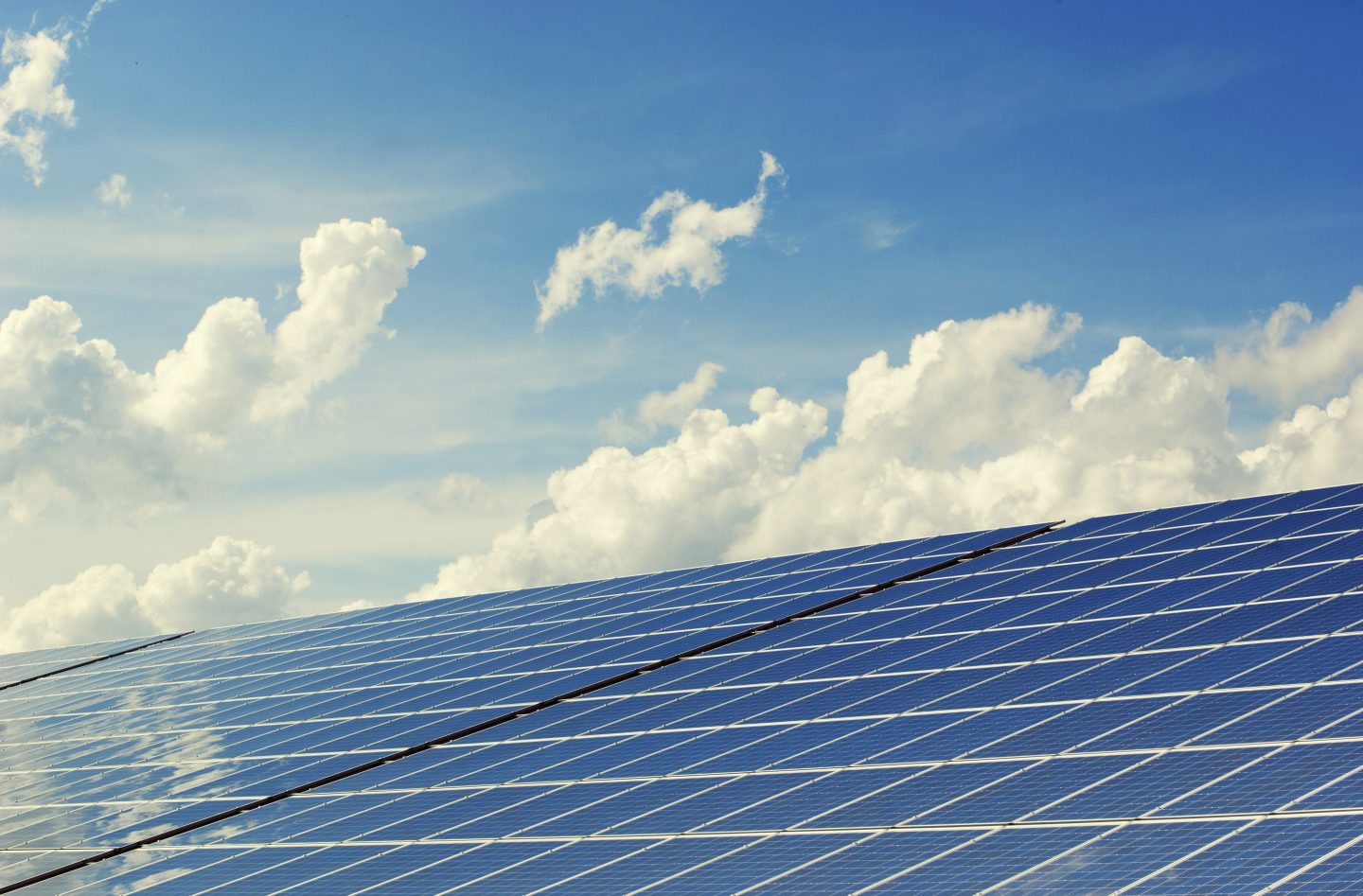PARSEC sectors: Energy
Application fields: Energy & Natural Resources
Keywords: absorber-emitter, carbon nanotubes, colloidal quantum dots, inspection, irradiation, light-sensitive nanoparticles, maintenance, photovoltaics, renewable, site selection, solar, Solar roofs, spray
The market of solar photovoltaics has experienced an important expansion in the last years. The costs of silicon solar cells have dropped significantly, so solar photovoltaics systems have become easily obtainable for house owners. New solutions and technologies are continuously being studied.

Solar roofs are one of the most interesting new trends. Solar roof tiles and other modules integrated in buildings for some time, but the concept of solar roof itself is new. Tesla has been working on them for removing any sort of visual setback that homeowners may dislike about photovoltaic solar panels while providing a reliable source of solar electricity. The full roof coverage implies a solution where photovoltaics are directly incorporated into the structure of the house, acting both for aesthetic, constructive and electrical purposes.
Spray on solar cells is another key development. Since Mitsubishi Corp. decided to invest in the research of this technology, the idea has been circling in the industry for some time. The last development has been the Perovskite, made mostly of carbon and hydrogen. This technology allows to harvest light in the form of liquid solar cells, can be placed on diverse surfaces of technically any shape and no furnace is needed. Once dried and solidified, perovskite solar cells can act as semiconductors and generate electricity. Manufacturing and material costs are cheaper than silicon solar cells. However, this technology shows major limitations mainly in the installation of large-area spray solar cells and the controlled integrity. This technology can be also used for the manufacture of various layers of thin-film solar cells.
If silicon technology cannot achieve higher efficiency values, then maybe light-sensitive nanoparticles might. In this sense, colloidal quantum dots are believed to be cost-efficient and flexible materials, ideal for the manufacturing of photovoltaic solar cells. This technology had been tested before, with n-type and p-type semiconductors and unfortunately it does not function outdoors. New approaches look to work outdoors as well.
Until the moment, solar power generation has been limited because the spectrum of solar radiation used to generate electricity is only the visible light. New types of improved solar cell aim to achieve efficiency values beyond the 33.7 percent. MIT scientists came up with the idea of introducing a light concentrator known as absorber-emitter, made of carbon nanotubes, that turns sunlight into the heat when temperatures reach 1000ºC (1832ºF). Then, a layer from the emitter radiates the energy back out as light narrowed to the bands that photovoltaics can absorb. By now, only one prototype has been developed in the MIT laboratory.
EO Relevance
Earth Observation (EO) is necessary for the successful planning of photovoltaic sites, like with CSP, especially with larger installations. Even on smaller scale such as solar roofs, EO analytics provides the tools to accurately determine the cost-effectiveness of such investments. Satellites can be also used to monitor the efficiency of the installation (comparison of the irradiation and the energy produced) and to track damages. EO is also used in the process of audit for the installations, and some municipalities relay on satellite images to identify illegal or to inspect the existent installations in an objective manner.
Main stakeholders doing R&D: Shell Solar Industries, Solar Cells, Photovoltaics International, Global Solar Energy
Main stakeholders in the market: BP Solar, Isofoton, Tamesol, Zytech Solar, Mitsubishi Electric, First Solar, Bosch, Conergy
Leave A Comment
You must be logged in to post a comment.